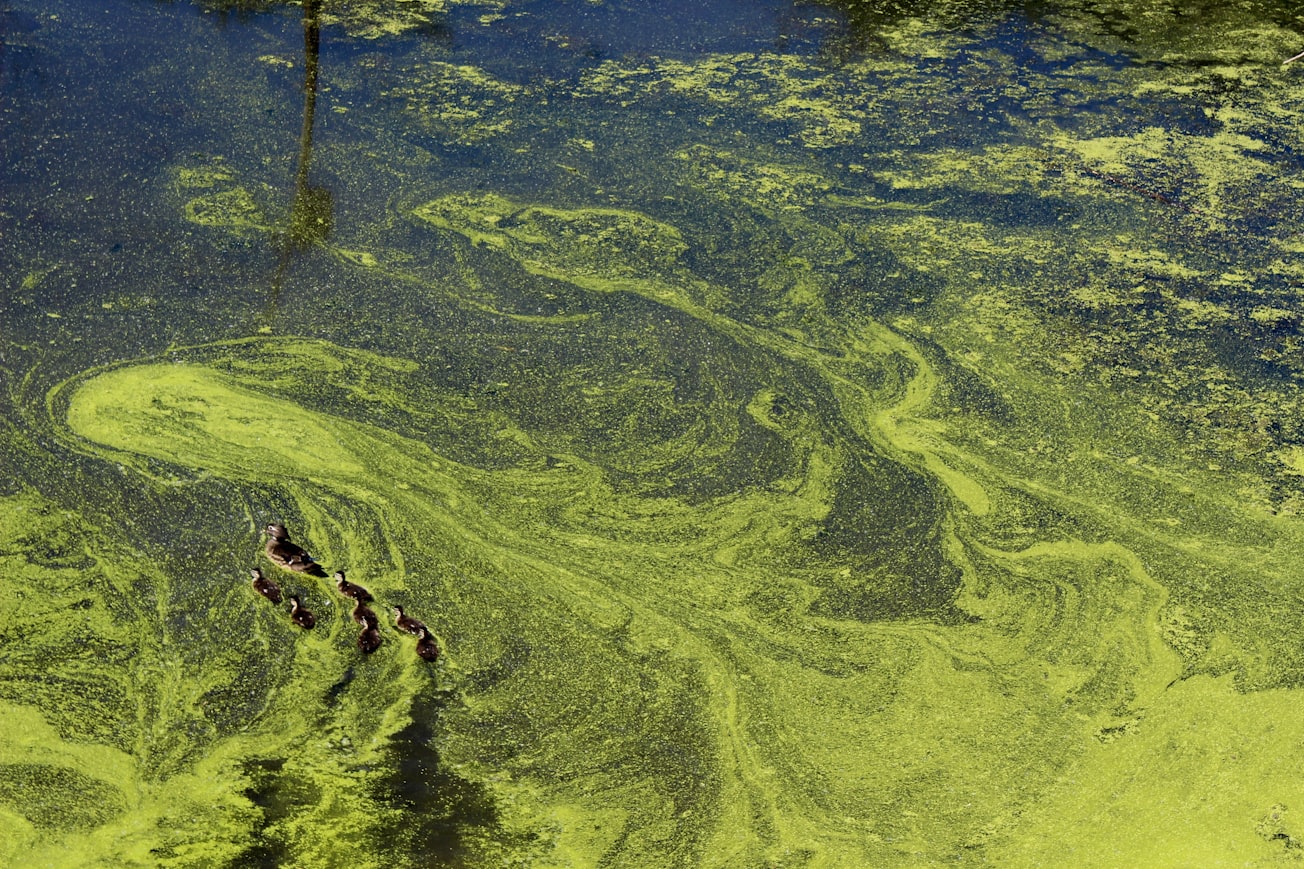What is it about?
Cyanobacteria are an ancient group of photosynthetic microbes that occur in the ocean and most inland waters. They are keystone organisms in global carbon fixation. Their great carbon-assimilation capability arises from a specialized virus-like protein organelle, the carboxysome, which comprises hundreds of proteins that form a shell to encapsulate the CO2-fixing enzymes Rubisco and carbonic anhydrase.
Featured Image

Photo by Liz Harrell on Unsplash
Why is it important?
It is a mystery how cyanobacterial cells generate the complex carboxysome structure and pack Rubisco enzymes in the organelle to have biological functions. Here we explore the significance of one assembly factor, Raf1, in Rubisco assembly and carboxysome formation. We show that Raf1 mediates Rubisco assembly; without Raf1, carboxysome proteins are prone to form intermediate assemblies and small carboxysome-like structures rather than intact carboxysomes. Our results suggest a model of the Raf1-mediated biogenesis of carboxysomes and provide advanced knowledge of carboxysome assembly and function.
Perspectives
Currently, there is a tremendous interest in transferring carboxysomes into crop plants to improve crop yields and food production. This study may provide important information required for synthetic engineering of functional CO2-fixing organelles for biotechnological applications.
Luning Liu
University of Liverpool
Read the Original
This page is a summary of: Rubisco accumulation factor 1 (Raf1) plays essential roles in mediating Rubisco assembly and carboxysome biogenesis, Proceedings of the National Academy of Sciences, July 2020, Proceedings of the National Academy of Sciences,
DOI: 10.1073/pnas.2007990117.
You can read the full text:
Contributors
The following have contributed to this page







